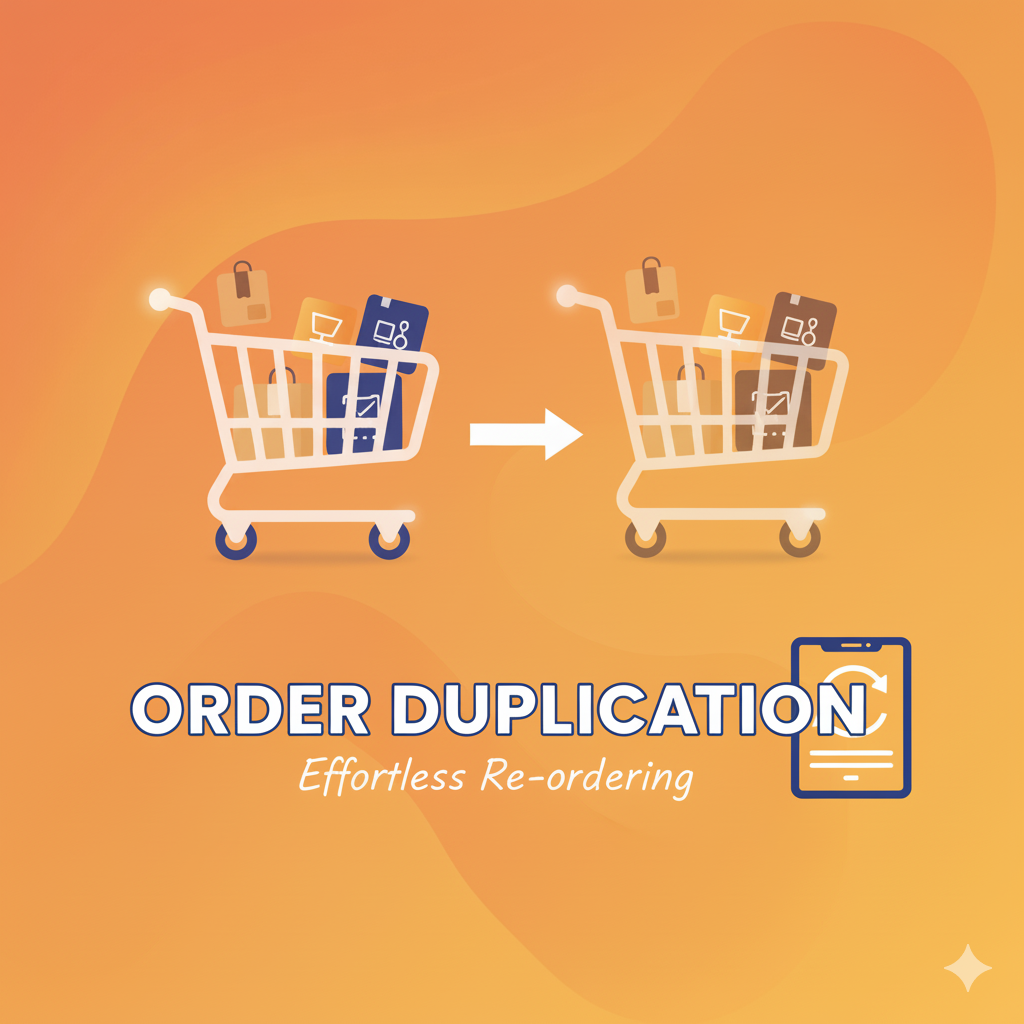Have you ever seen two identical orders pop up in your e-commerce dashboard same customer, same items, same time? That’s order duplication, and it’s more common than many store owners realize.
At first glance, it might look harmless, but duplicated orders can lead to inventory errors, double shipping, extra transaction fees, and frustrated customers. Let’s unpack what causes order duplication in e-commerce and how you can prevent it from happening again.
What Is Order Duplication in E-commerce?
Order duplication happens when a single customer order is recorded twice (or more) in your system. It looks like the customer placed multiple orders, but in reality, it’s the same purchase repeated due to a system glitch, human error, or communication delay.
For example:
A customer pays once, but your platform records two orders — one confirmed and one pending. You end up shipping two packages instead of one, and the customer wonders why they got charged twice.
Not only does this waste time and money, but it also hurts your store’s customer experience and trust.
Common Causes of Order Duplication
Let’s break down the main reasons why order duplication happens in e-commerce.
1. Payment Gateway Timeouts or Delays
This is one of the biggest culprits. When a payment gateway (like PayPal, Stripe, or Razorpay) takes too long to confirm a transaction, the system may not receive the “payment success” signal in time.
What happens next?
- The customer refreshes or resubmits the payment page.
- The system reprocesses the order, creating a duplicate entry.
Example:
If your store has a slow internet connection or the payment gateway is under heavy load, it might result in multiple transaction requests for the same order.
2. Customer Double-Clicking the Checkout Button
It sounds simple, but this happens all the time. Some customers double-click or hit the “Place Order” button multiple times if they think the page didn’t respond.
Without proper click prevention (like a “Processing…” state), each click can trigger a new order.
Fix: Always use button disable logic after the first click to stop duplicate submissions.
3. Server-Side or API Errors
If your e-commerce platform connects to external services (like ERP systems, CRM tools, or fulfillment apps) via APIs, communication errors can cause duplication.
For instance:
- The server doesn’t get a confirmation response from the API.
- It retries the request automatically.
- The API records a second order as a “new” one instead of a duplicate.
This is common in custom or integrated setups (like Shopify + external inventory systems or WooCommerce + payment APIs).
4. Browser or Cache Issues
Sometimes, the customer’s browser stores old session data or cached checkout details. When they revisit the checkout page, the system might resubmit the same order details again.
This issue is especially common if the site uses persistent cart cookies or doesn’t clear session data properly after an order is placed.
5. Third-Party App Conflicts
If you use multiple plugins or apps (for shipping, tracking, upsells, etc.), they can sometimes interfere with your checkout logic.
For example:
A Shopify app might trigger an order confirmation webhook, while another app also sends a duplicate confirmation — both creating new order entries.
Fix: Review all your installed plugins or apps. Disable or update those that cause repetitive API calls or webhook triggers.
6. Manual Errors During Order Management
Sometimes, duplication doesn’t come from automation at all — it’s human.
Store admins may manually recreate or resubmit an order if they think it didn’t go through, only to realize the system had already processed it.
This is common in customer support teams that handle pending or “failed payment” orders.
7. Multiple Payment Attempts
When a customer’s first payment attempt fails but later succeeds, some systems fail to merge the two attempts under one order.
Instead, they record the initial failed attempt as one order and the successful one as another — creating two entries with slightly different payment statuses.
Fix: Configure your payment gateway and store settings to automatically cancel or merge failed attempts when a successful transaction is logged.
Effects of Order Duplication
Even though duplication might seem like a small issue, it can have serious side effects if left unchecked:
- Inventory mismatches: Stock gets deducted twice.
- Double shipping costs: You send two packages by mistake.
- Refund headaches: Customers demand refunds for unwanted extra charges.
- Accounting confusion: Reports show inflated sales and revenue.
- Customer frustration: It damages trust and increases support tickets.
How to Prevent Order Duplication
Here are a few practical ways to reduce (or completely stop) order duplication in your store:
- Use server-side validation – Check if an order with the same ID or payment reference already exists before creating a new one.
- Add checkout button throttling – Disable multiple clicks once an order submission starts.
- Monitor payment gateway logs – Identify duplicate transaction IDs early.
- Optimize checkout page speed – Slow pages increase the chance of multiple clicks.
- Set up webhook safeguards – Prevent duplicate order creation from multiple webhook calls.
- Test third-party integrations regularly – Conflicts can arise after updates.
- Use anti-duplication plugins – On WooCommerce, plugins like “Duplicate Order Prevention for WooCommerce” can help.
Shopify and WooCommerce Users: Take Note
- Shopify: Order duplication can occur if multiple apps (like payment and fulfillment) fire the same webhook event. Shopify recommends checking the
order_idandpayment_statusbefore processing each event. - WooCommerce: It often happens due to payment retries or plugin conflicts. Using reliable hosting and keeping plugins updated reduces the risk significantly.
Conclusion
Order duplication might sound like a small technical glitch, but it can quickly spiral into lost money and unhappy customers.
The key is to understand why it happens — whether it’s a delayed payment response, multiple clicks, or integration issues — and to implement safeguards at both the system and checkout levels.
In short:
- Automate checks to stop repeat entries.
- Simplify checkout to avoid multiple submissions.
- Monitor logs so you can catch problems early.
A smooth checkout experience doesn’t just reduce duplication — it builds trust, boosts conversions, and makes your brand look more professional.

